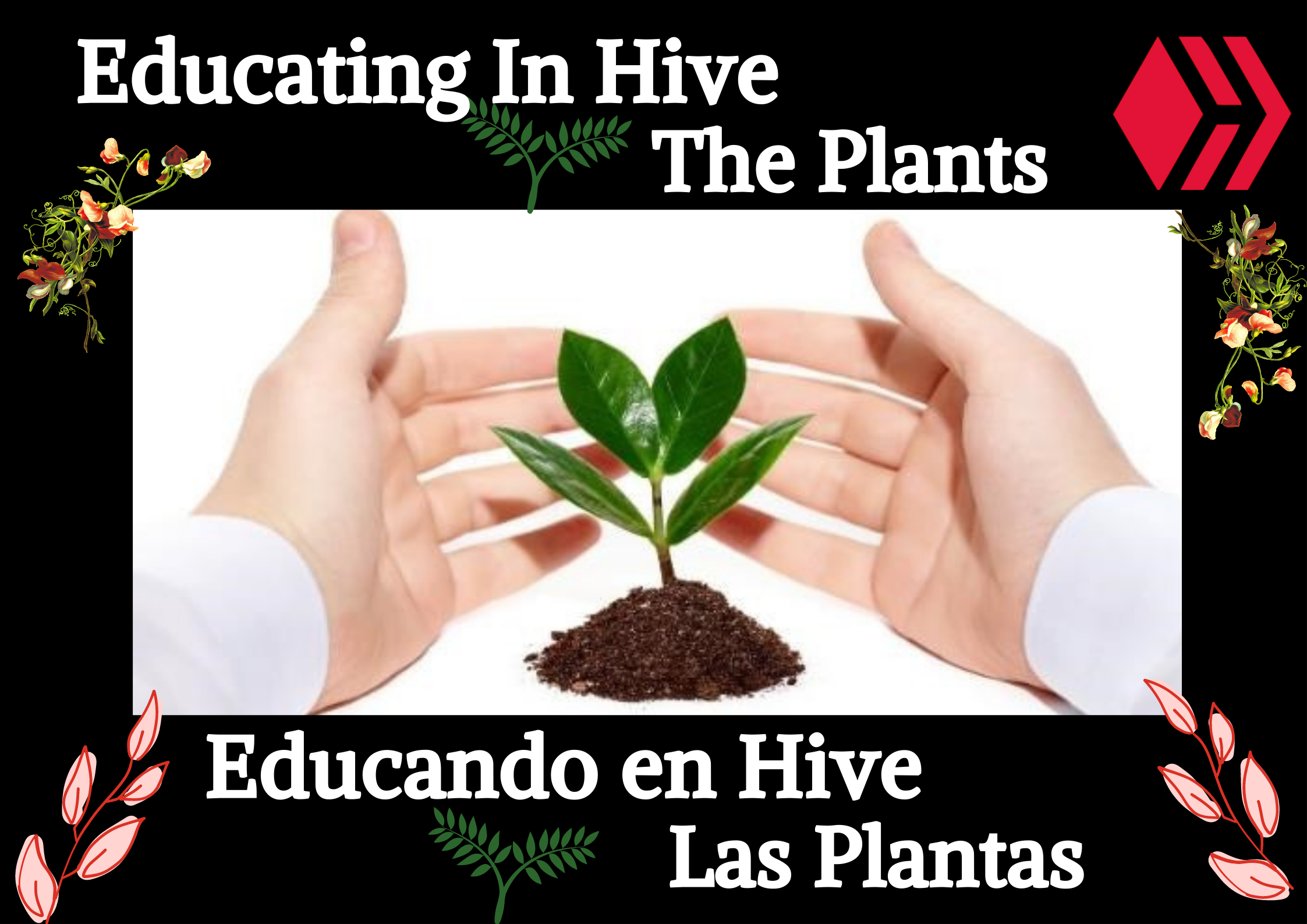
Hola mis queridos amigos y estudiantes que a través de sus padres y amigos pueden ver esta información y nutrirse con un contenido variado que les va a ayudar mucho.
En esta oportunidad les traigo un tema muy interesante y se trata de Las Plantas.
Espero les guste, un abrazo y bendiciones para todos en esta hermosa comunidad de @educationhive. ❤️
Hello my dear friends and students that through their parents and friends can see this information and be nourished with a varied content that will help them a lot.
This time I bring you a very interesting topic and it is about Plants.
I hope you like it, a hug and blessings to all in this beautiful community of @educationhive. ❤️
.gif)
Las plantas son seres vivos que nacen, crecen, se reproducen y mueren. La mayoría de las plantas dan flores y se reproducen o hacen una nueva planta mediante las semillas.
Las plantas crecen en casi todos los lugares del mundo, en los bosques húmedos, las sábanas, las áreas de los polos y hasta en los desiertos donde rara vez llueve.
La botánica es la ciencia que se encarga de estudiar las plantas y quiénes la estudian reciben el nombre de botánicos.
Existe gran diversidad de plantas de muchas formas y tamaños, se han identificado miles de especies y estás se pueden clasificar en dos grandes grupos: Plantas con flores y plantas sin flores.
Plants are living things that are born, grow, reproduce and die. Most plants give flowers and reproduce or make a new plant through seeds.
Plants grow almost everywhere in the world, in rainforests, savannas, polar areas and even in deserts where it rarely rains.
Botany is the science that deals with the study of plants and those who study it are called botanists.
There is a great diversity of plants of many shapes and sizes, thousands of species have been identified and can be classified into two main groups: flowering plants and non-flowering plants.
Plantas con flores
Estás se reproducen por medio de las flores, que son los órganos reproductores de las plantas, es decir, son las encargadas de formar las semillas que luego se convertirán en nuevas plantas.
El fruto es la parte de la planta que protege las nuevas semillas mientras crecen.
Las partes de las plantas con flores, además de las flores y el fruto, son:
• La raíz, que obtiene el agua, los nutrientes y fija con firmeza la planta en el suelo.
• El tallo, que sostiene las hojas, las flores y los frutos.
• Las hojas, que preparan el alimento de las plantas.
Como ejemplo de plantas con flores tenemos: el cambur, el mango, el naranjo, etc.
Flowering plants
These reproduce by means of flowers, which are the reproductive organs of plants, that is, they are in charge of forming the seeds that will later become new plants.
The fruit is the part of the plant that protects the new seeds while they grow.
The parts of flowering plants, in addition to the flowers and fruit, are:
• The root, which obtains water, nutrients and firmly anchors the plant to the soil.
• The stem, which supports the leaves, flowers and fruit.
• The leaves, which prepare the food of the plants.
As an example of flowering plants we have: the cambur, the mango, the orange tree, etc.
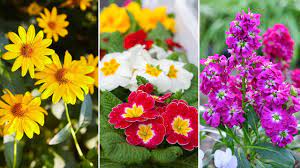
Fuente

Fuente
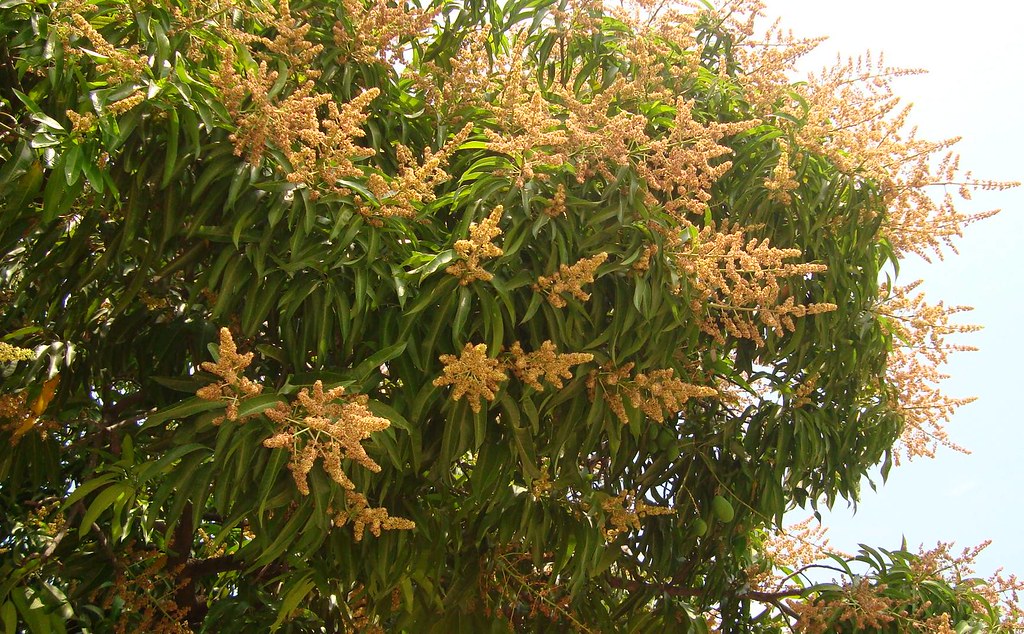
Fuente
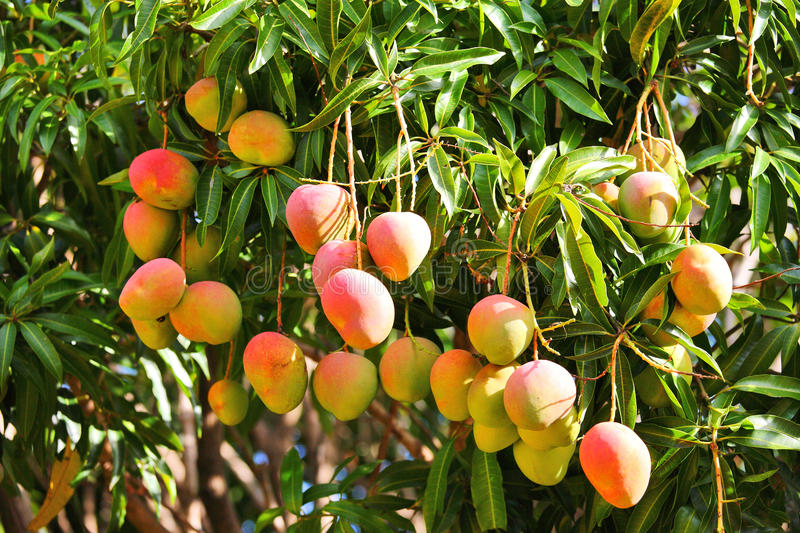
Fuente
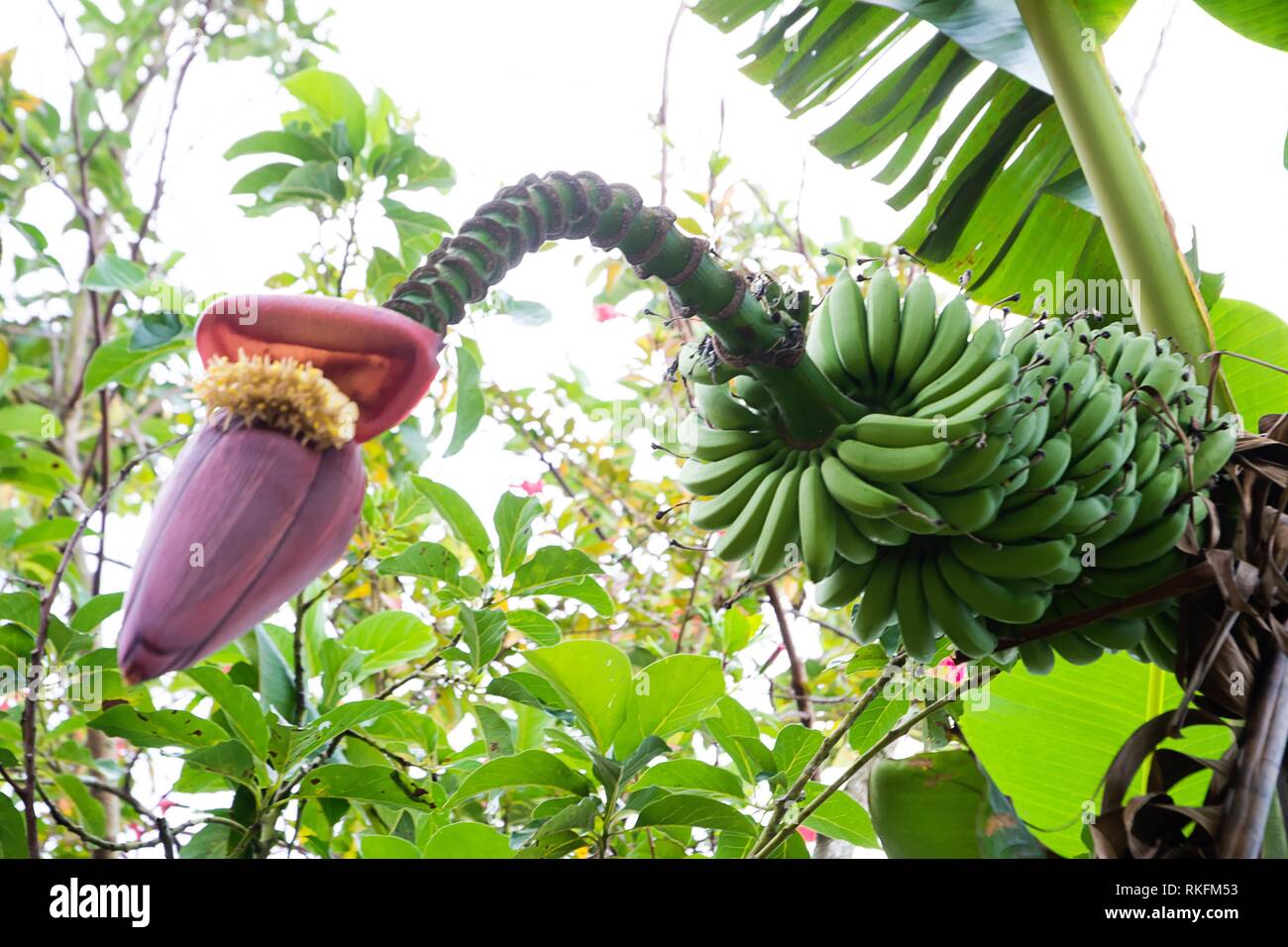
Fuente
Plantas sin flores
Las plantas sin flores no pueden hacer semillas, su reproducción es por medio de esporas, estas son parecidas al polvo, pequeñas y ligeras y pueden flotar en el agua o el viento.
Como ejemplo tenemos a los helechos, que se reproducen por esporas, en forma de verrugas en el revés de las hojas.
Plants without flowers
Plants without flowers cannot make seeds, their reproduction is by means of spores, these are similar to dust, small and light and can float in water or wind.
As an example we have the ferns, which reproduce by spores, in the form of warts on the back of the leaves.
.gif)
Espero les haya sido útil esta información.
Hasta la próxima publicación! ❤️
I hope this information has been useful.
See you next time! ❤️
.gif)
Las imágenes utilizadas tienen sus respectivas fuentes.
Fuente consultada "Enciclopedia Girasol" Juan Gutiérrez.
Separadores y miniatura, editados en Canva.
The images used have their respective sources.
Source consulted "Sunflower Encyclopedia" Juan Gutierrez.
Dividers and thumbnail, edited in Canva.
.gif)
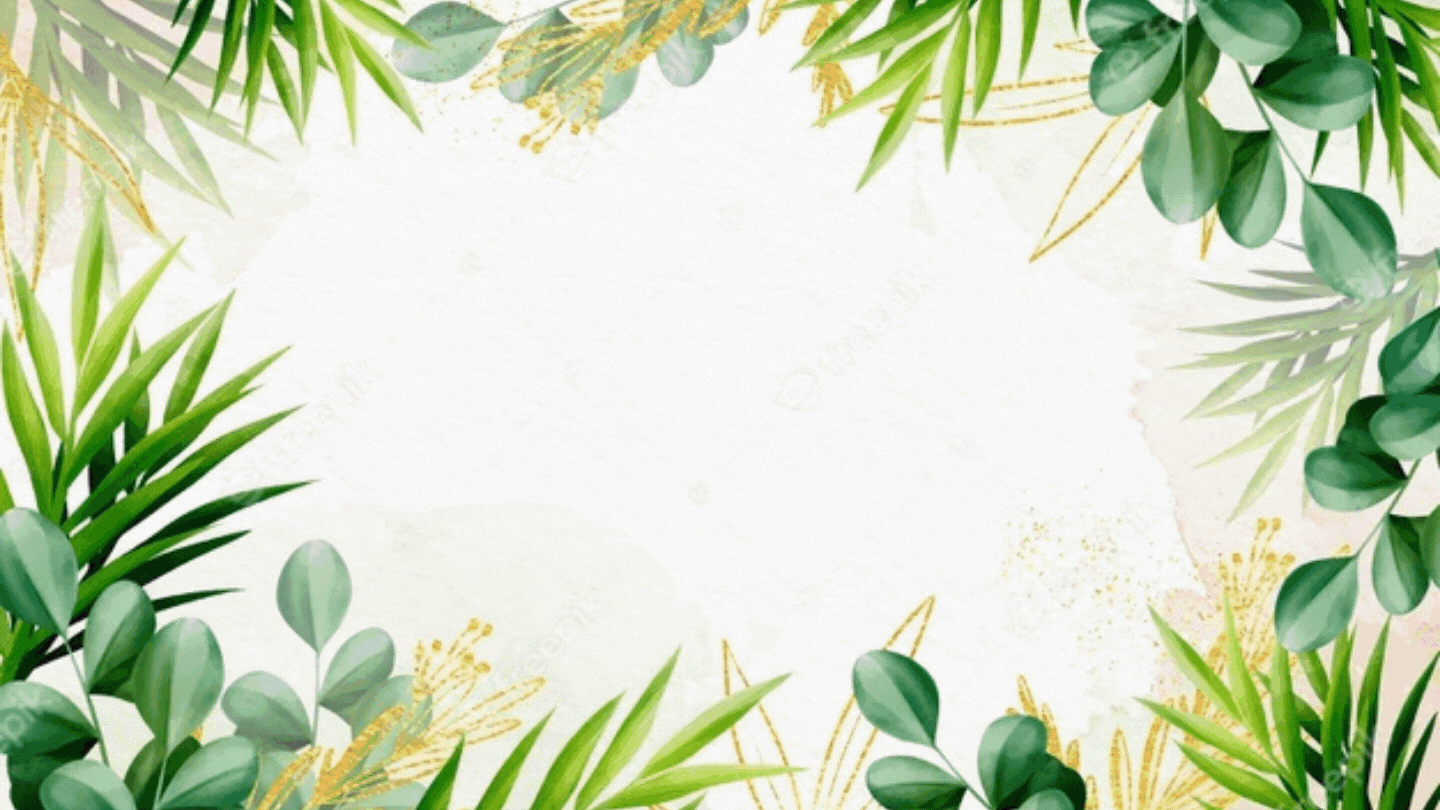
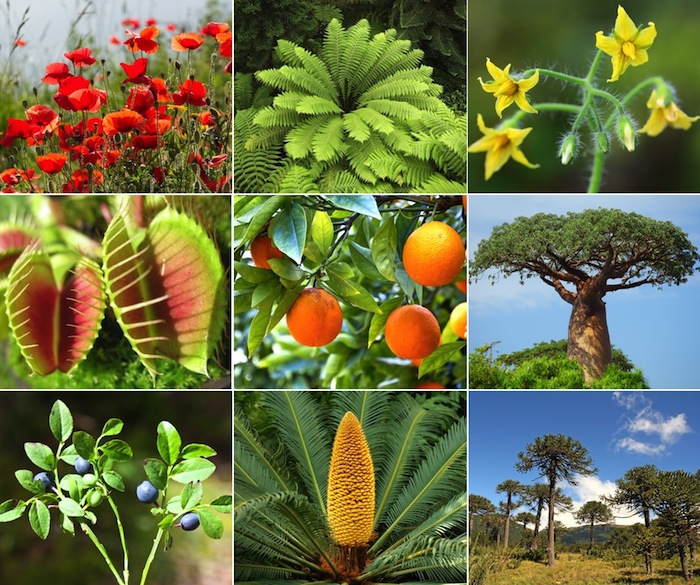
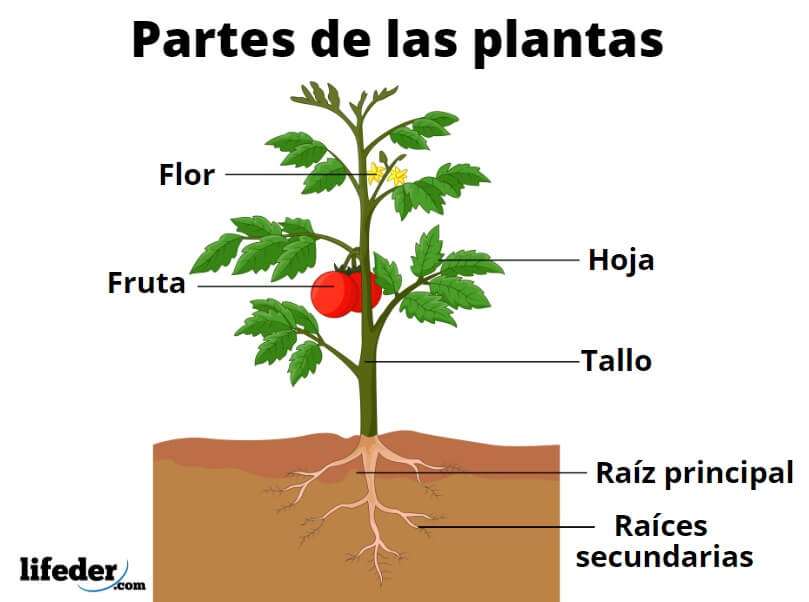
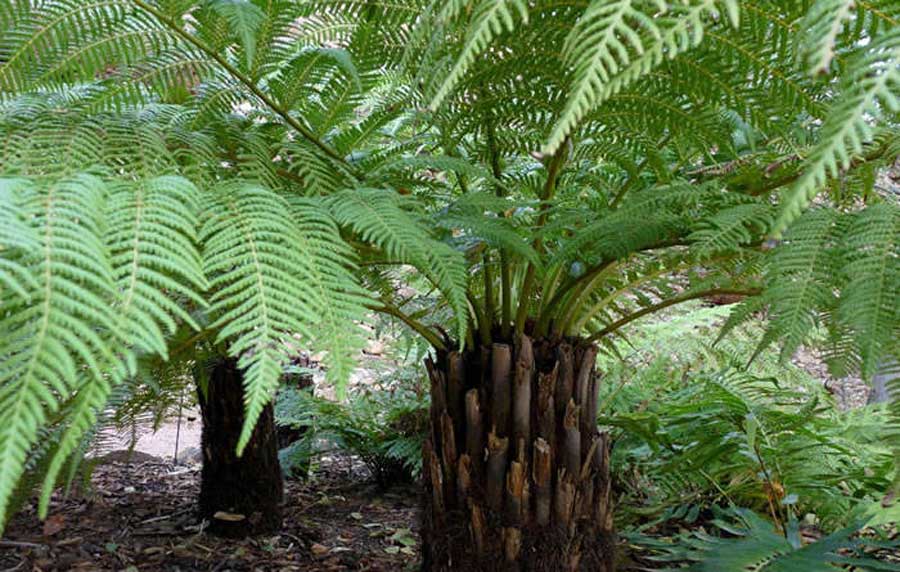
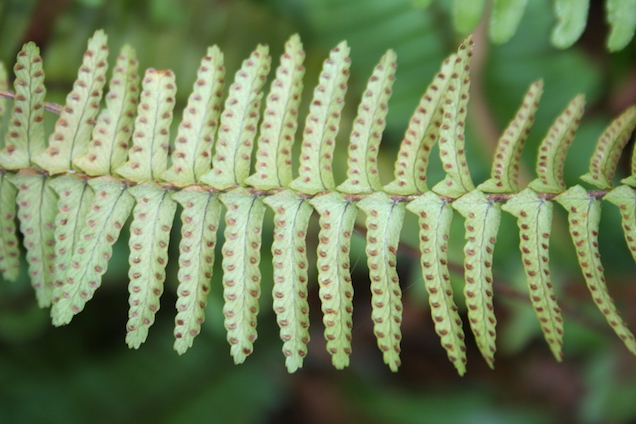
Excelente post amiga
Muchas gracias por su apreciación, es muy valiosa para mí! saludos...
Congratulations @antares75! You have completed the following achievement on the Hive blockchain and have been rewarded with new badge(s):
Your next target is to reach 200 comments.
You can view your badges on your board and compare yourself to others in the Ranking
If you no longer want to receive notifications, reply to this comment with the word
STOPTo support your work, I also upvoted your post!
Support the HiveBuzz project. Vote for our proposal!